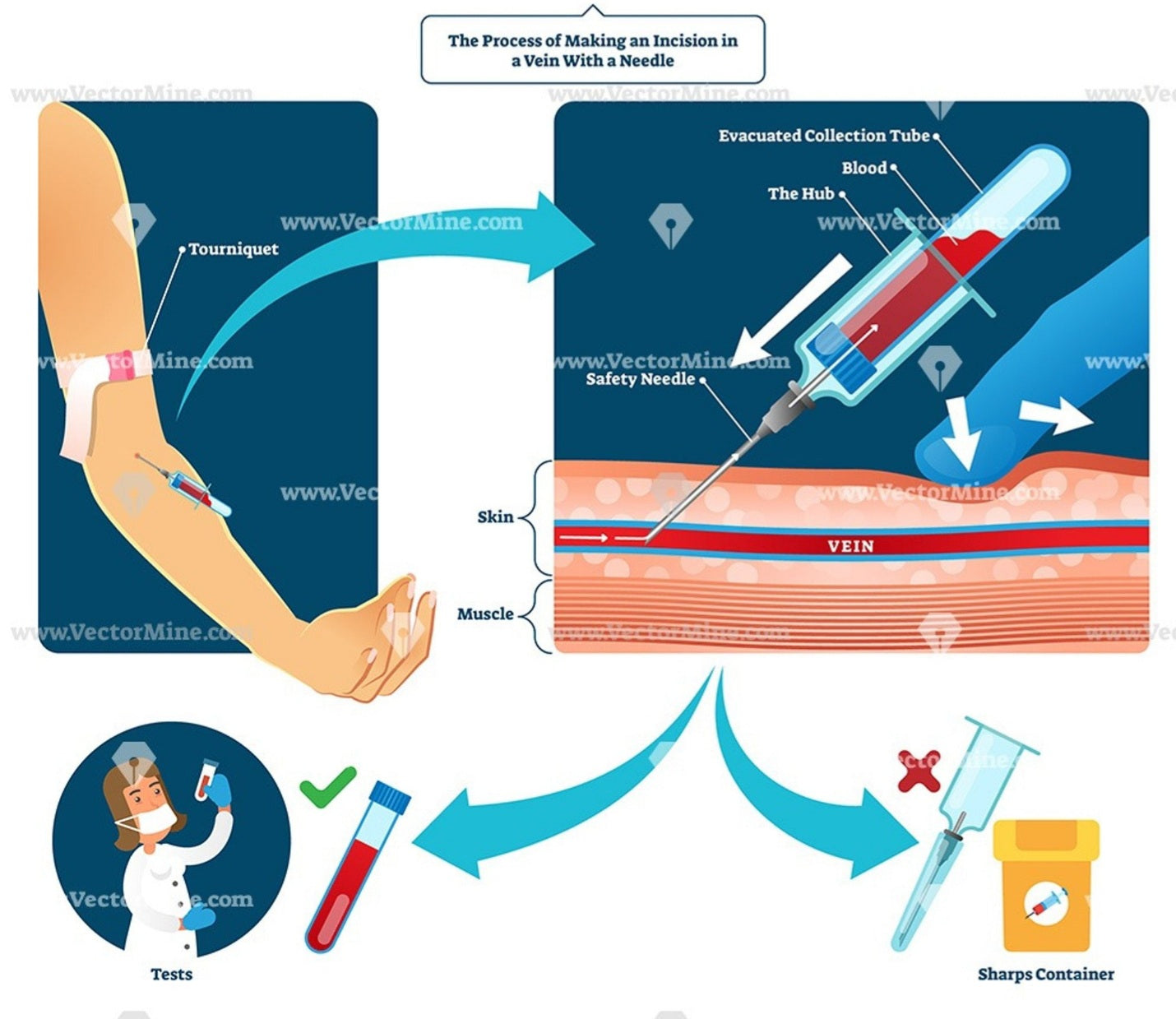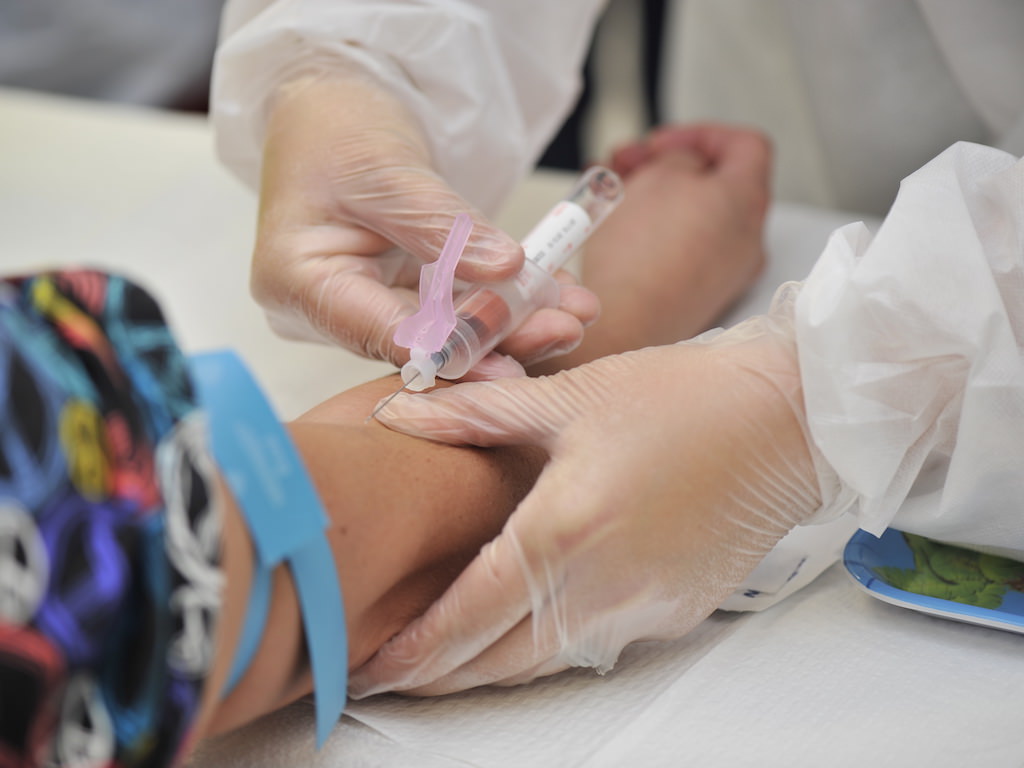Getting My Northeast Medical Institute - New Haven Campus Phlebotomy Course & Cna Class To Work
Getting My Northeast Medical Institute - New Haven Campus Phlebotomy Course & Cna Class To Work
Blog Article
How Northeast Medical Institute - New Haven Campus Phlebotomy Course & Cna Class can Save You Time, Stress, and Money.
Table of ContentsNortheast Medical Institute - New Haven Campus Phlebotomy Course & Cna Class - QuestionsNortheast Medical Institute - New Haven Campus Phlebotomy Course & Cna Class Things To Know Before You BuyThe 25-Second Trick For Northeast Medical Institute - New Haven Campus Phlebotomy Course & Cna ClassThe smart Trick of Northeast Medical Institute - New Haven Campus Phlebotomy Course & Cna Class That Nobody is Talking AboutSome Known Incorrect Statements About Northeast Medical Institute - New Haven Campus Phlebotomy Course & Cna Class The Best Strategy To Use For Northeast Medical Institute - New Haven Campus Phlebotomy Course & Cna Class
The use of such tools need to be gone along with by other infection prevention and control methods, and training in their use. Not all safety tools are applicable to phlebotomy. Before selecting a safety-engineered tool, users need to completely explore offered gadgets to identify their proper use, compatibility with existing phlebotomy methods, and effectiveness in safeguarding personnel and individuals (12, 33).For settings with low resources, cost is a motoring consider procurement of safety-engineered devices - CNA Training. Where safety-engineered devices are not readily available, skilled usage of a needle and syringe is acceptable. Unintentional exposure and certain details regarding an occurrence ought to be videotaped in a register. Support services need to be advertised for those that undergo accidental direct exposure.
In the blood-sampling room for an outpatient department or center, offer a comfortable reclining couch with an arm rest.
Top Guidelines Of Northeast Medical Institute - New Haven Campus Phlebotomy Course & Cna Class
Make certain that the signs for blood sampling are clearly defined, either in a composed procedure or in recorded directions (e.g. in a laboratory kind). At all times, adhere to the approaches for infection avoidance and control provided in Table 2.2. Infection prevention and control practices. Gather all the devices required for the treatment and place it within safe and simple reach on a tray or trolley, making certain that all the items are plainly noticeable.
Introduce yourself to the person, and ask the client to mention their full name. Check that the lab type matches the client's identity (i.e. match the client's details with the laboratory kind, to make certain exact identification).
Make the patient comfy in a supine setting (preferably). Location a clean paper or towel under the patient's arm. Talk about the test to be performed (see Annex F) and obtain verbal authorization. The patient has a right to decline a test at any moment before the blood tasting, so it is essential to make sure that the individual has understood the treatment.
Northeast Medical Institute - New Haven Campus Phlebotomy Course & Cna Class Fundamentals Explained
Expand the client's arm and evaluate the antecubital fossa or forearm. Situate a capillary of a good dimension that is visible, straight and clear. The layout in Section 2.3, shows usual positions of the vessels, however several variations are feasible. The average cubital capillary lies in between muscles and is normally one of the most easy to pierce.
DO NOT put the needle where veins are drawing away, since this increases the chance of a haematoma. The blood vessel should be visible without applying the tourniquet. Finding the capillary will certainly help in determining the appropriate size of needle. Apply the tourniquet regarding 45 finger sizes over the venepuncture website and re-examine the blood vessel.
Haemolysis, contamination and existence of intravenous fluid and medicine can all modify the results (39. Nursing staff and physicians might access main venous lines for samplings adhering to methods. Nevertheless, specimens from central lines carry a risk of contamination or wrong research laboratory examination results (https://www.metal-archives.com/users/northeastmed). It serves, yet not suitable, to draw blood samplings when very first presenting an in-dwelling venous gadget, prior to connecting the cannula to the intravenous fluids.
Unknown Facts About Northeast Medical Institute - New Haven Campus Phlebotomy Course & Cna Class
Permit the area to dry. Failure to allow sufficient get in touch with time raises the threat of contamination. DO NOT touch the cleansed website; specifically, DO NOT place a finger over the vein to direct the shaft of the subjected needle. It the site is touched, repeat the disinfection. Do venepuncture as complies with.
Ask the individual to develop a clenched fist so the veins are more prominent. Enter the capillary swiftly at a 30 level angle or much less, and proceed to introduce the needle along the capillary at the simplest angle of entry - CNA Classes. When adequate blood has been accumulated, release the tourniquet prior to withdrawing the needle
The Basic Principles Of Northeast Medical Institute - New Haven Campus Phlebotomy Course & Cna Class
Withdraw the needle gently and apply mild stress to the site with a clean gauze or dry cotton-wool sphere. Ask the person to hold the gauze or cotton wool in position, with the arm prolonged and raised. Ask the client NOT to bend the arm, since doing so causes a haematoma.

The Only Guide to Northeast Medical Institute - New Haven Campus Phlebotomy Course & Cna Class
Do not press the syringe plunger due to the fact that extra pressure boosts the risk of haemolysis. web Where feasible, keep the tubes in a rack and move the rack towards you. Inject downwards into the proper coloured stopper. DO NOT get rid of the stopper since it will certainly launch the vacuum cleaner. If the example tube does not have a rubber stopper, inject exceptionally gradually right into the tube as decreasing the pressure and speed utilized to transfer the sampling lowers the risk of haemolysis.

Report this page